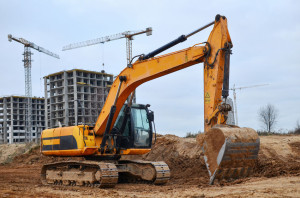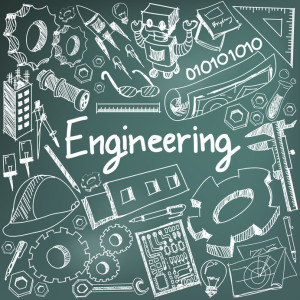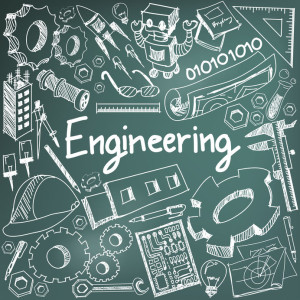A closer look at engineering in the 21st century
 If there has been one constant of the 21st century, it’s been change. Humanity has made incredible strides and yet we face equally incredible challenges. The industrial revolution created a wealth of industry and growth of civilization, even as we collectively try to scale back consumption. Businesses and other engineering firms in Utah see it all around us. From water shortages to housing booms, change is all around us. But change is also a double-edged sword.
If there has been one constant of the 21st century, it’s been change. Humanity has made incredible strides and yet we face equally incredible challenges. The industrial revolution created a wealth of industry and growth of civilization, even as we collectively try to scale back consumption. Businesses and other engineering firms in Utah see it all around us. From water shortages to housing booms, change is all around us. But change is also a double-edged sword.
Still, fast-paced technological advancement has changed every aspect of our lives. From healthcare to manufacturing – what people thought was science fiction just a few short decades ago has become science fact today. This is our new reality, and we cannot hide from the changes. The field of engineering has equally changed over a wide arch of time. Let’s start with the obvious: academia.
Engineering in the Modern Age
Academic curricula must be ever-changing to accommodate new realities, inventions and societal shifts. Four-year programs around the world have had to adjust to keep from becoming obsolete. If you are a student studying civil engineering in Utah or structural engineering in some other state, consider that everything you are taught now will likely be out of date by the time you get your degree or certification.
In today’s world, if you want to be a specialist you should study beyond an undergraduate degree. Specialist engineers learn more than just the engineering basics. If you are currently working on a bachelor’s degree in engineering, consider continuing your studies and learning as you enhance your career.
Engineering in the 21st century is much different from what came in the 20th. Engineers must be constantly adjusting to fast-paced changes in the world. Materials change and methodologies evolve. Here at McNeil Engineering, we understand that our engineers must be always up to date on the latest engineering advancements and developments.
A New Framework for Engineering Skills Modeling
Specialists are required in just about every industry and discipline. And the demand for specialized skills has only expanded in the 21st century. Companies of all types and sizes now look for a complete synthesis of 21st-century engineering skills. Big industry players want engineers who display an adept understanding of interdisciplinary fundamentals and have practical experience.
But beyond the basics, such as STEM and disciplinary fundamentals other important skills civil engineers and engineers of other types must cultivate are strong problem-solving skills, analytical thinking, quick decision-making, creativity, and design. These are but the fundamentals of what is expected of a great engineer. But there is even more to it than that. Professional engineers must also cultivate personal and professional competencies that include:
- Teamwork
- Open Communication
- Ethics
- Accountability
- Business Management
- Entrepreneurship
Engineers are often considered leaders of a project. They play a critical role in ensuring the job is done right. And it’s been this way for a long time. Famous engineers throughout the ages have embodied these skills and served as ambassadors for the profession.
Famous Engineers of the 21st Century
While we are talking about modern-day engineering, a subject near and dear to us, we want to highlight some of the more famous engineers of the 21st century and what made them famous. Because engineers can certainly be famous, too! Just consider that the modern world is a product of human ingenuity and imagination. We live in an era of outstanding innovation and engineers are at the forefront of that innovation.
Take Elon Musk as one example. We get it — he’s a polarizing figure. And we’re not here to debate his virtues or highlight his mistakes. Because despite who he may be as a person, he has made a huge impact on this world as a visionary engineer. Whether it be through the promotion of electric vehicles or his relentless drive to promote space commercialization and tourism, Musk is anything but a small thinker.
Another engineer who quickly made his way to the top and changed an entire industry is Satya Nadella, an Indian-American engineer who is currently the CEO of Microsoft. Nadella graduated as an electrical engineer in India, then came to the United States to pursue higher studies. Today he has spurred growth at Microsoft and helped reinvigorate its image as a responsible player in technology.
Finally, we would be remiss if we did not highlight John Smeaton, who is widely considered the father of civil engineering. Born in the early 18th century, Smeaton worked on windmills, waterwheels, bridges, canals, harbors and lighthouses. At one point during his career, he published a paper about the correlation between pressure and velocity for objects moving through the air.
Civil and structural engineering form the backbones of our society. How things get built and how they are constructed form the basis for civilization, and we’re proud to have experienced, professional engineers as part of the McNeil Engineering family. After all, it’s in our name!









